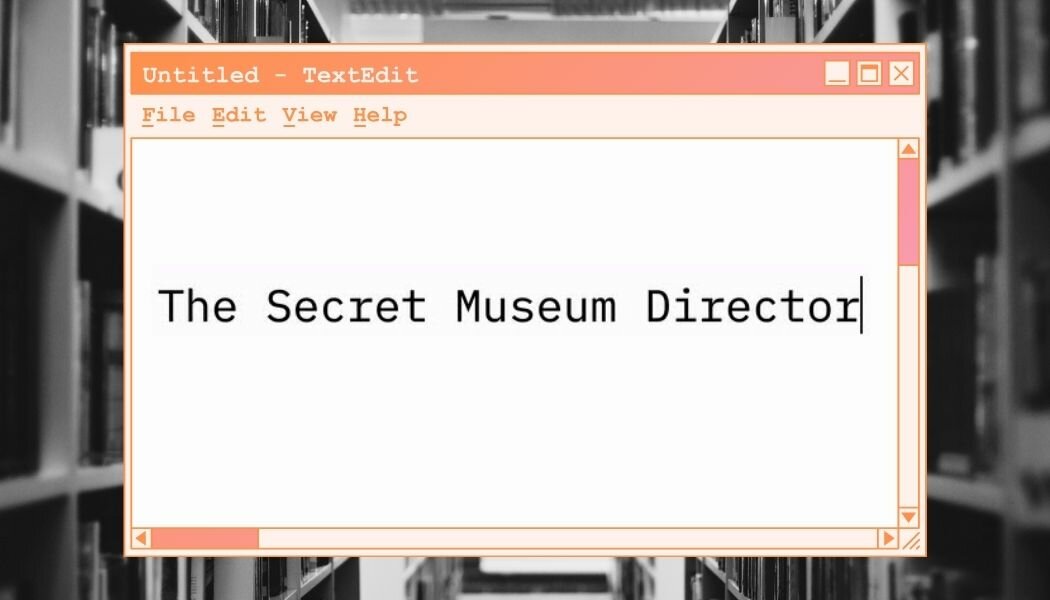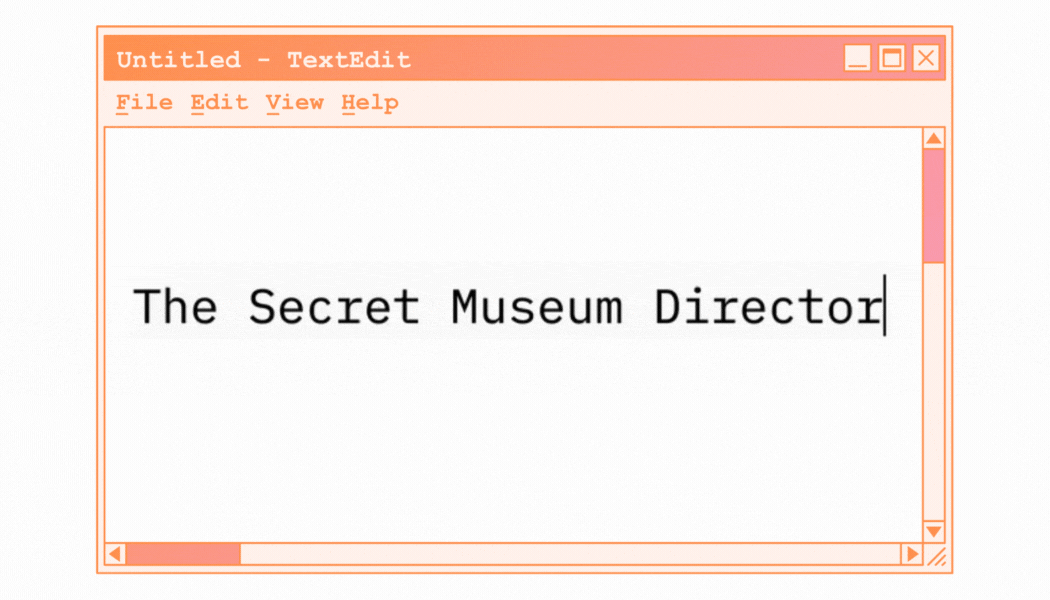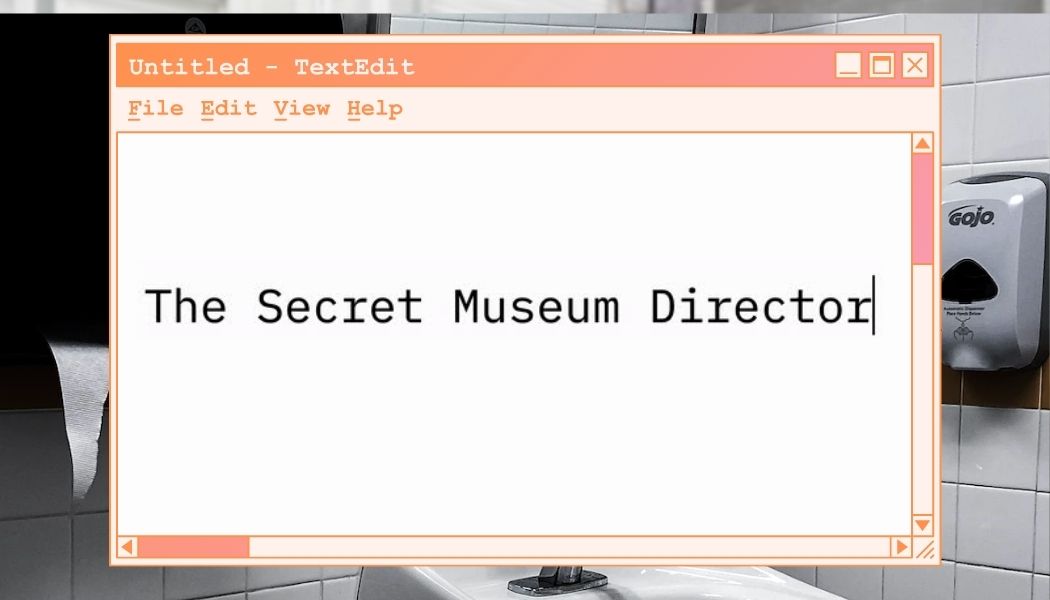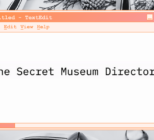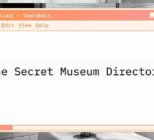It is the ultimate behind the scenes activity, which is why in some ways, I’ve been perversely pleased to see the challenges of museum collections management on the front pages. I’ve also enjoyed, for once, being able to understand the nuances behind the news.
Having personally spent days splitting records like: “…/C/108: A 200-piece 19th C Staffordshire Dinner Service (not complete)” and “…/T/34 A box of many white collars and some black ties” down into their constituent parts, I can understand (if not defend) 940 gems within a collection of 8 million objects being listed as one item.
It’s one of the great secrets, the elephant in the room of museum work. We discuss the deficiencies of our individual collections in hushed, nervous tones. The damp storeroom, the idiosyncratic shelving system, the unaccessioned list.
We’ve all got one, haven’t we? That list of objects that need to be written into the accession register, or the shelf waiting for a keen intern to deal with. The plastic bags of stuff that a nice old lady dropped at reception, and now we don’t know what to do with. Is ‘dropped off by nice old lady’ an acceptable provenance? Frequently it’s the best we’ve got.
It's one of the great secrets, the elephant in the room of museum work.
We are all working through a backlog of cataloguing and documentation work. It’s another one of those things that in the modern museum (and as it turns out, in the very old museum too…) all too often gets left behind.
It doesn’t make money, it doesn’t bring in visitors, and it doesn’t even make a good reel. “Come enter Spectrum 5 key data fields with me” doesn’t sound too likely to become the latest viral trend, does it? (Although, I very much feel that this should be attempted).
Collections management doesn’t have the craft element of conservation, or the implied superior knowledge base of curation, but it underpins every element of our work with objects, and as we’ve all seen over the past weeks, when it is neglected, even by the most powerhouse of museums, there are consequences.
Of course there is the terrible reputational damage. How can museums possibly remain places where our shared cultural heritage is cared for and communicated if we can’t maintain the basic function of knowing what we’ve got and where it is?
One of my most poignant experiences working in museums has been when someone brings the belongings of their mother or uncle or grandparent to us; objects that are great repositories of memory and experience, in the faith that we will care for them and record them, and in some way, keep the essence of that person alive.
It is a demonstration of the fact that the artefacts in our collections, whether a 20th century shoe lath, used by Grandad to mend the boots he wore to work, or a fragment or Iron Age pottery, are more than still, empty things waiting to be given a number and a photograph. They are silenced, rather than silent, and are simply waiting to tell their story, and tell the stories of people and places that deserve a voice.
For me this is the great loss of under-investment in Collections Management. It is not the financial impact, or bad press, although they do matter. Rather it is the loss of that potential to inspire and grow knowledge; the loss of that sheer joy when you hold an object from the past and suddenly understand.
I know I’ll be spending some time this autumn in our store listening to our objects tell me their lives.

